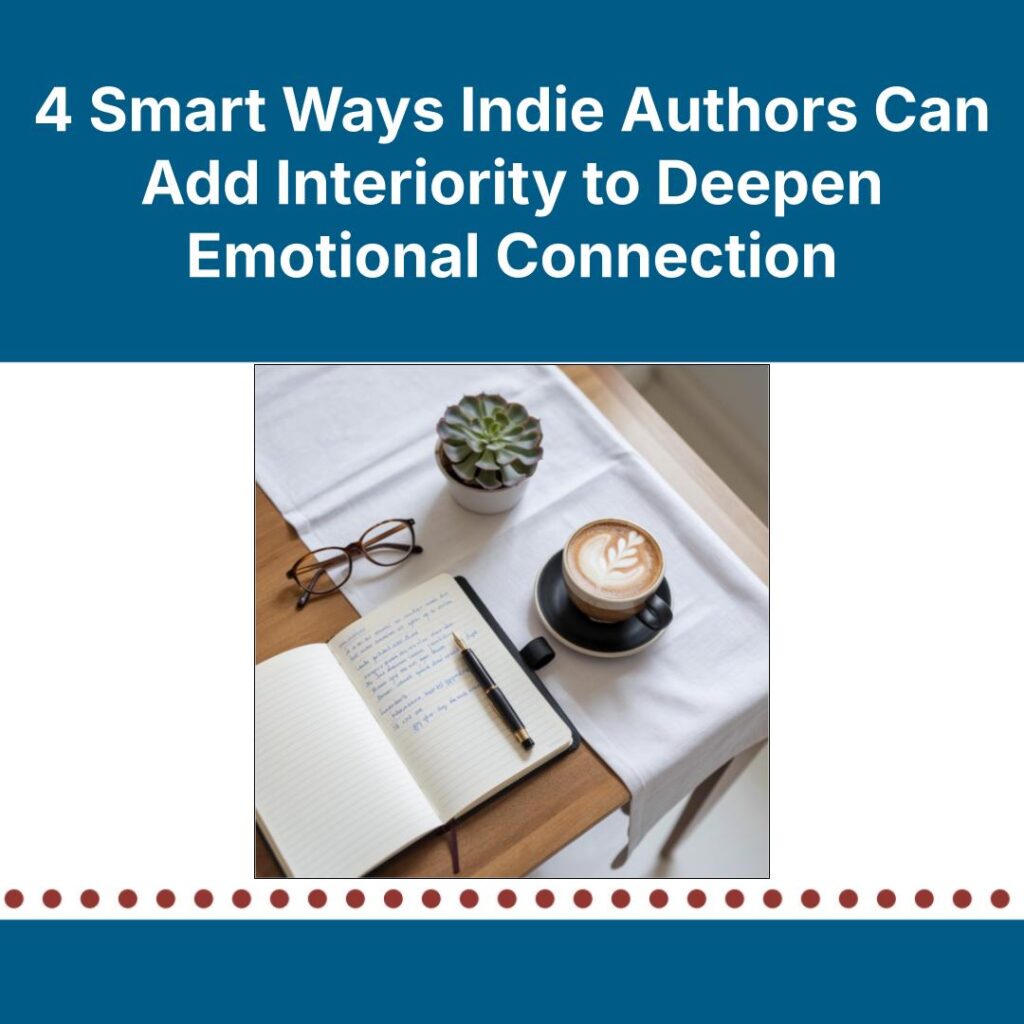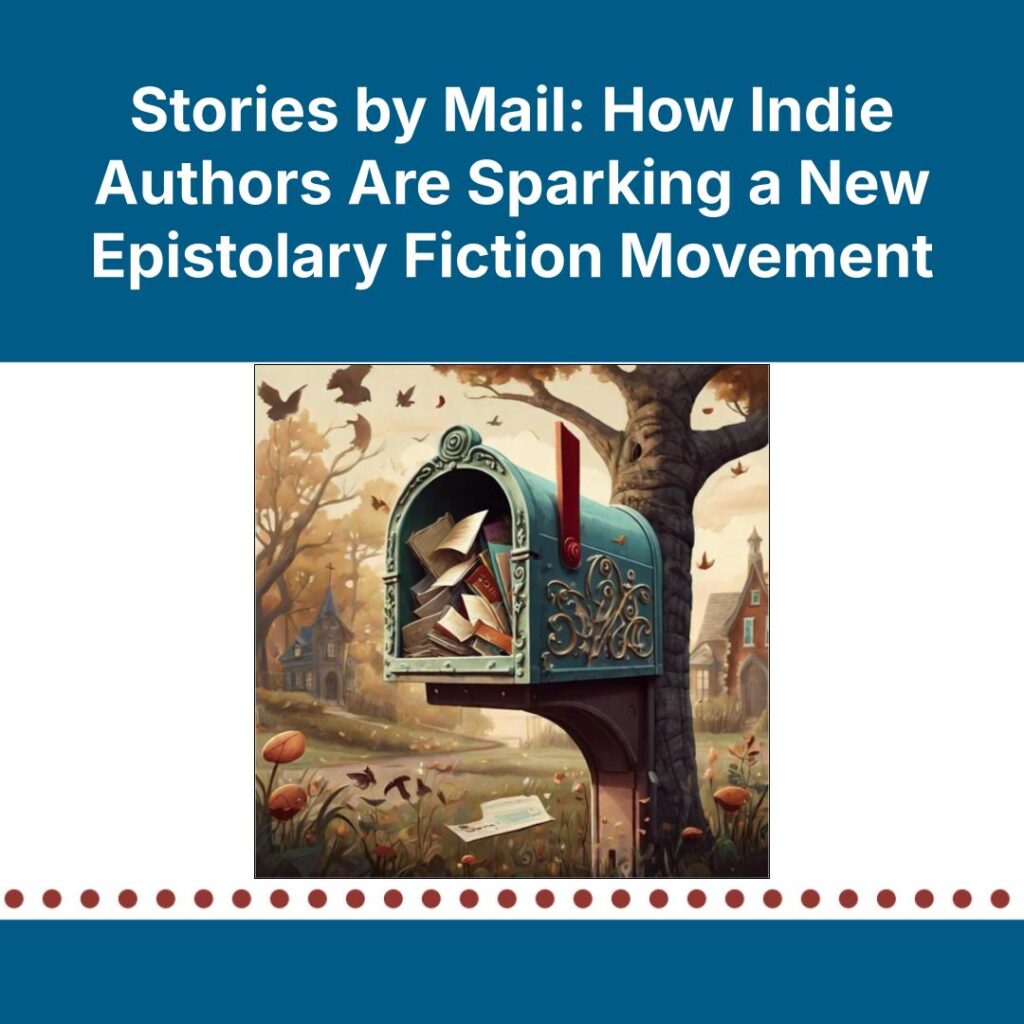Ask a Book Coach: Looking Inward
Authors who imagine a story visually thrive when it comes to describing setting or conveying action in a scene. The book is a movie in their heads that they’re putting down on paper. But these authors can sometimes struggle with putting readers inside a story rather than simply showing it happening from a distance. Adding interiority, book coach Rona Gofstein writes, is the key to showing readers not just what happens but why it matters to your characters—and to letting your readers live through those emotions alongside them.
For some writers, the process of writing a book is almost like transcribing the story they are seeing in their heads. They picture the scenes and turning points and put that on the page. However, this often leads to stories where readers can see the action but aren’t drawn to the characters emotionally. As a coach, one thing that often brings writers to me is when they get feedback that their draft is too cinematic and/or that it lacks interiority. And then I hear the questions, “What does this mean? How do I add interiority? And do I need to rewrite everything?”
If you receive this feedback, don’t panic. You’re not alone, and your draft isn’t doomed. What your reader, editor, or critique partner is telling you is that you’ve written a story that allows the reader to experience the action but that they don’t feel connected enough to the characters. Movies get music, lighting, and dramatic camera angles and cuts. Writers? We only have words. What you need to do on the next draft is add the emotional heartbeat of your story—the thoughts, reactions, and (frequently unsaid) truths that live beneath the surface of your point-of-view character.
If you’re being told your writing is cinematic, this usually means the story is heavy on external beats—what the character sees, hears, says, and does—but light on the internal world. It’s all visuals, actions, and sharp dialogue, with little access to what the character is thinking or feeling. That makes the draft feel flat or emotionally distant, even if the plot is solid.
Interiority changes this. It’s what turns a scene from something your reader observes into something that draws them into the thick of things. To create this, you don’t have to scrap your draft. Instead, you need to go a layer deeper. Interiority is the inner world of your character. It is you choosing to show the reader some of the thoughts running through their head and the feelings they’re experiencing, including:
- their reactions and emotional responses (especially interpretations of events) to what is happening;
- their fears, desires, judgments, memories, associations, and hopes; and
- how a scene is affecting the goal, motivation, conflict, or stakes you’ve set out for them.
Does a character’s friend arriving late bring up old abandonment issues? Is their boss’s criticism reminding them of how they could never please their father? Do they wait to see what everyone else is ordering so that they fit in? These moments are an opportunity for the reader to learn what the action means to the character. Ultimately, this helps them connect on a deeper, emotional level—and keeps them turning pages.
So how do you add interiority when you’re editing? I recommend thinking about the emotional journey you want to put your character on. You’ve decided how they will go through the motions, the quest, or the romance of the book, but their story is more than what they do. Consider how those moments affect and change the POV character, and try one or more of the following to bring readers into your character’s mind: slowing down key moments, using micro-thoughts, grounding action in emotion, or letting your character’s body do the talking.
- What does this moment feel like to the character?
- What are they hoping for—or afraid of—right now?
- What do they want to say but won’t or can’t?
Let the Body Speak
Physical sensations often carry emotional weight. A clenched jaw, fluttering stomach, or the way someone grips a coffee cup can all signal a character’s internal struggle. This might be a place for quirks to come up—maybe your character twists her hair, taps his pen, or picks a cuticle. These are actions that reveal something is going on. Showing reaction through action can show a range of emotions.
Ground Action in Emotion
Before or after a bit of action or dialogue, add a thought or emotional beat. It doesn’t have to be long—just enough to help us understand what’s driving a character’s behavior.Example:
She attempted a smile. “I’m fine.”
It wasn’t true. But she wasn’t ready to share, even with friends, why her heart felt like glass.
Use Micro-Thoughts
Micro-thoughts are brief flashes of a character’s inner monologue or gut reaction to something, showing a reader why an action has meaning to a character. By incorporating micro-thoughts, a simple action, such as, “He reached for her hand,” can show a character’s emotions, thoughts, and beliefs with just a few words.Example 1:
He reached for her hand.
Don’t pull away. Not this time.
Example 2:
He reached for her hand. When she didn’t pull away, the tightness in his chest loosened.
Slow Down Key Moments
Choose turning points, reveals, or emotionally charged scenes, and zoom in. Ask yourself:
Adding interiority doesn’t mean pausing every five seconds to explain what’s going on inside your character’s mind. That will not only be distracting, but it is likely to ruin the pacing of your book. Instead, find ways to take readers from watching the scene to living it the way your character is. Look for the moments when you want your reader to be close to the character, to experience what the character is experiencing. To take it a step further, think about where and when you want to reveal emotion and feeling to the reader.
Wherever you are in your process—first draft, messy middle, or deep into revision—adding interiority can be as simple as deepening a few key moments to pull the reader closer. When you show who the character is at a given moment, the reader will experience their change and growth. You don’t need to rewrite your book. You just need to let us in.
Have questions about book coaches, craft, or balancing your writing career with everything else? Send them to feedback@indieauthormagazine.com with the subject “Asking a Book Coach” for a chance to be featured.
Rona Gofstein
Rona Gofstein is a published romance author, developmental editor, and an Author Accelerator certified fiction book coach who loves working with writers who need support to make their book writing dreams a reality. She describes her style as intensive feedback combined with compassionate enthusiasm because she knows that on this journey, writers need clarity, support and encouragement. She has spoken on writing craft and business across the country and is the past president of the New Hampshire RWA chapter and Broad Universe. A Jersey girl at heart, she lives in Massachusetts and is always up for getting coffee, finding a great new pair of shoes, or deciding where to go out for dinner.








